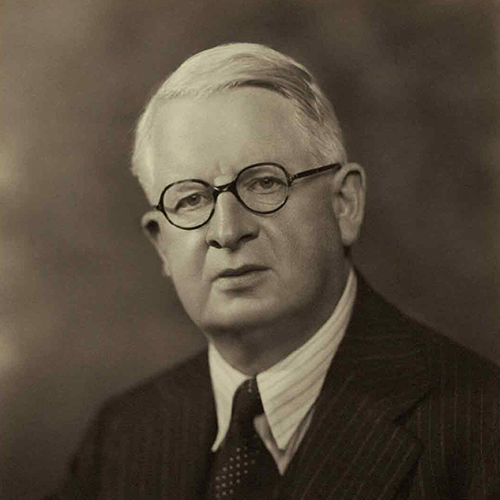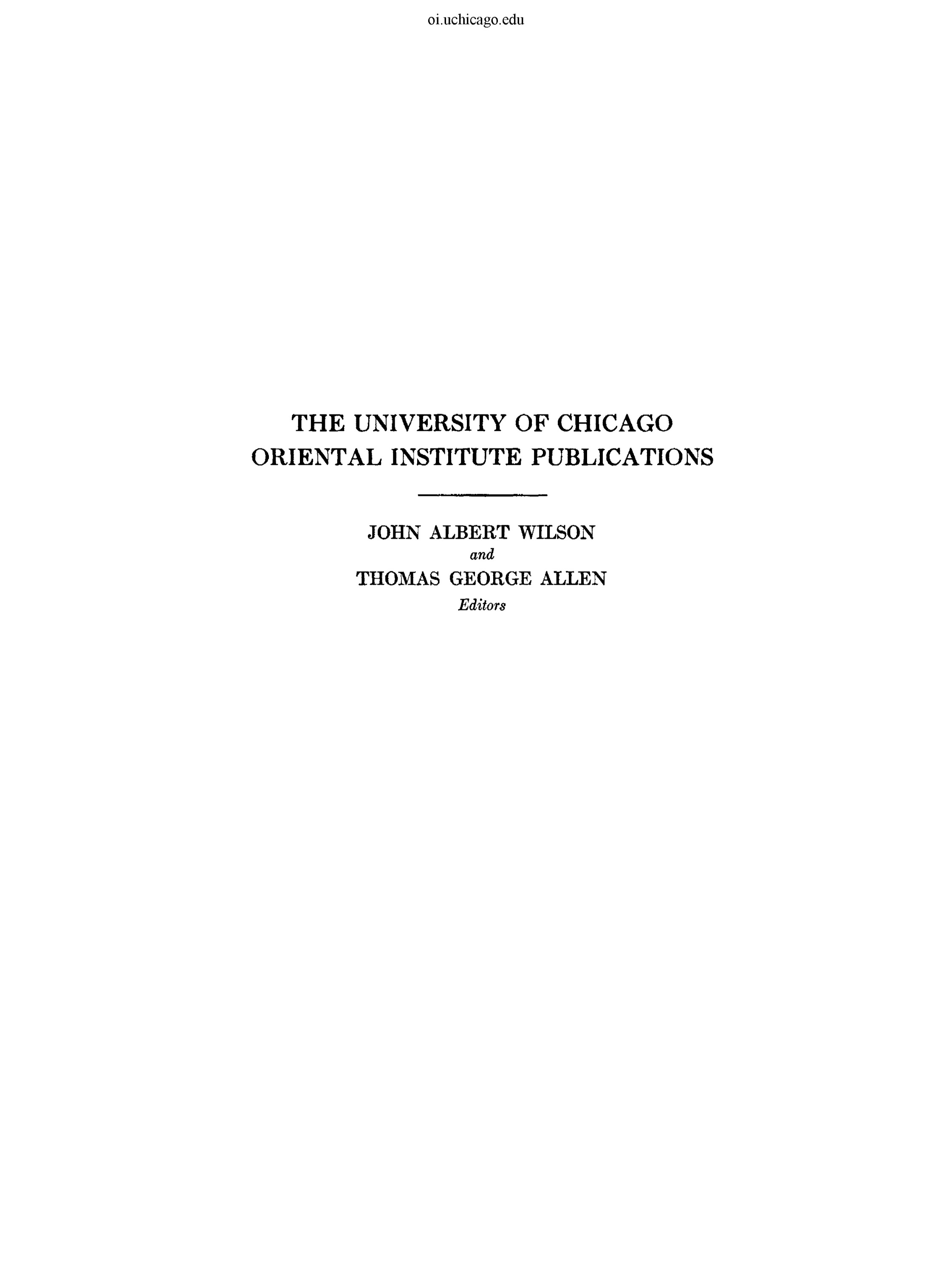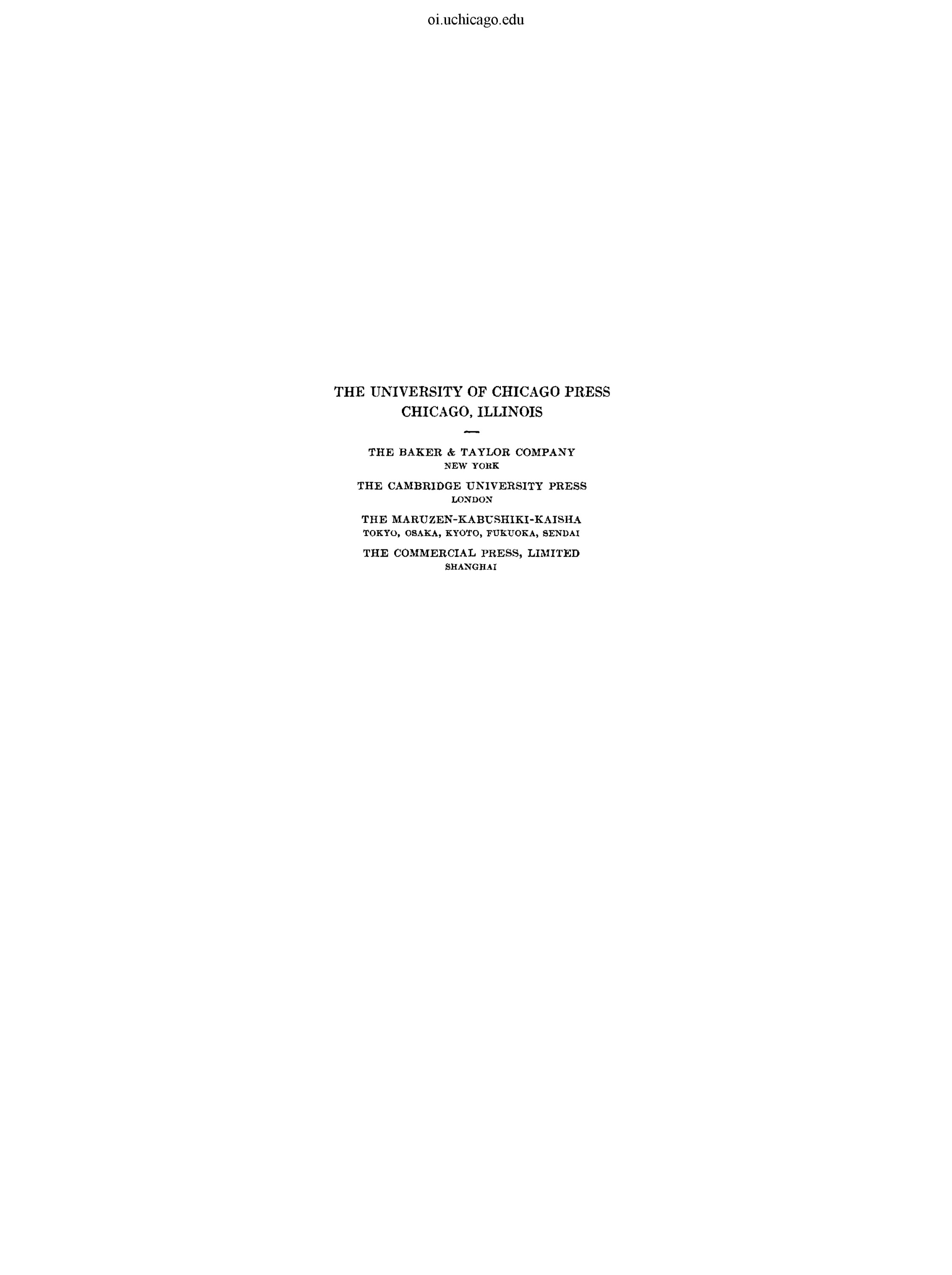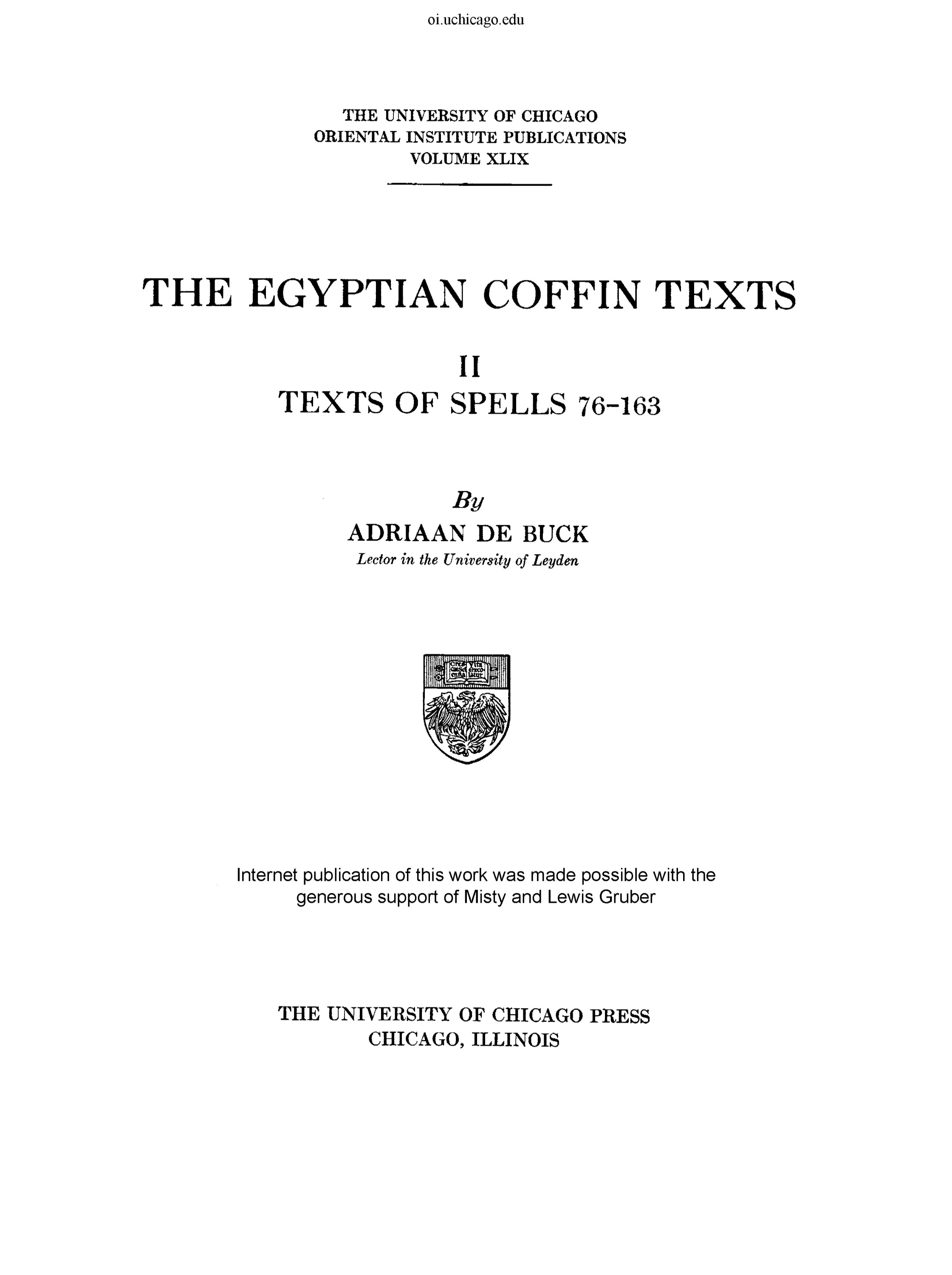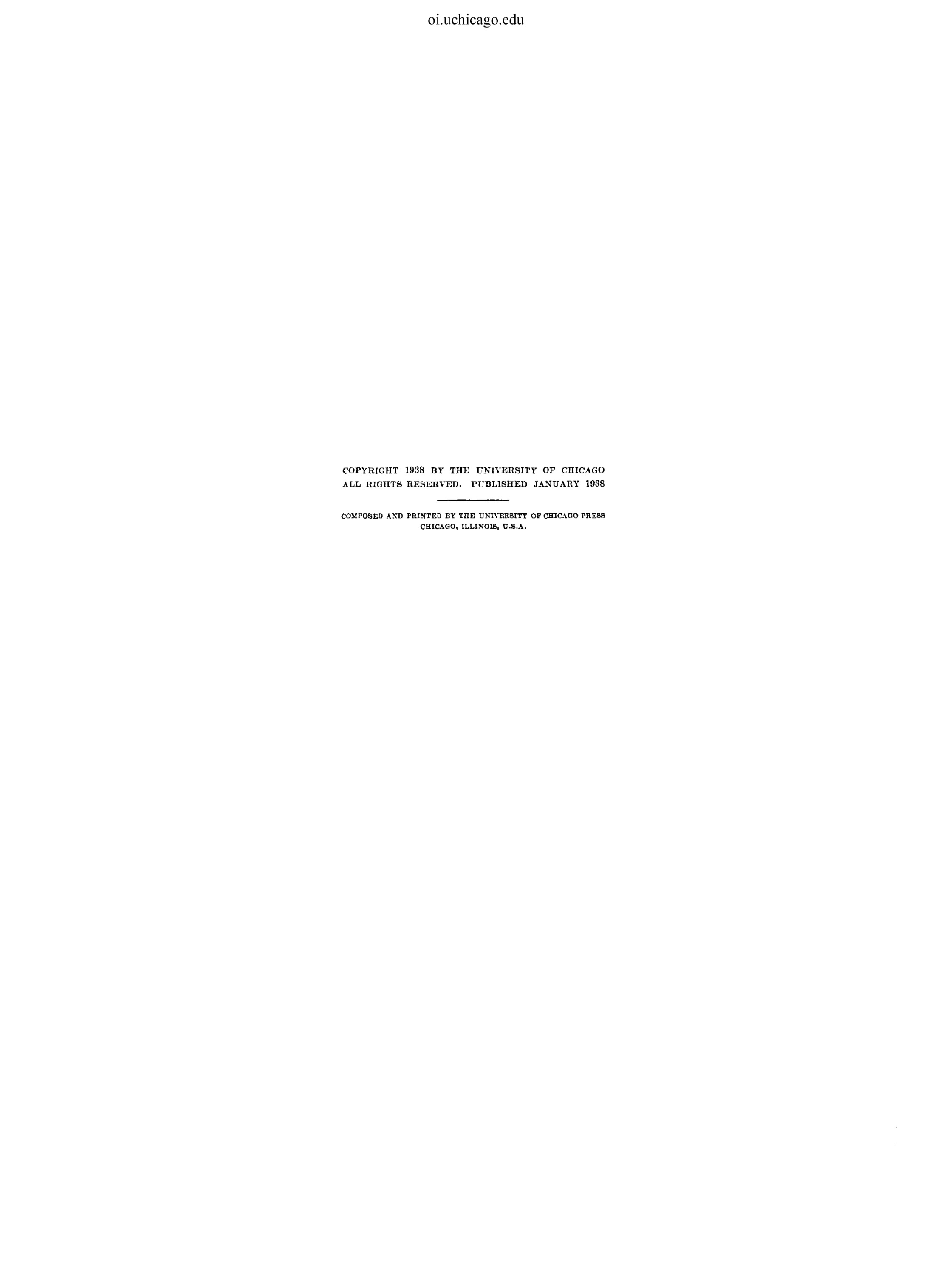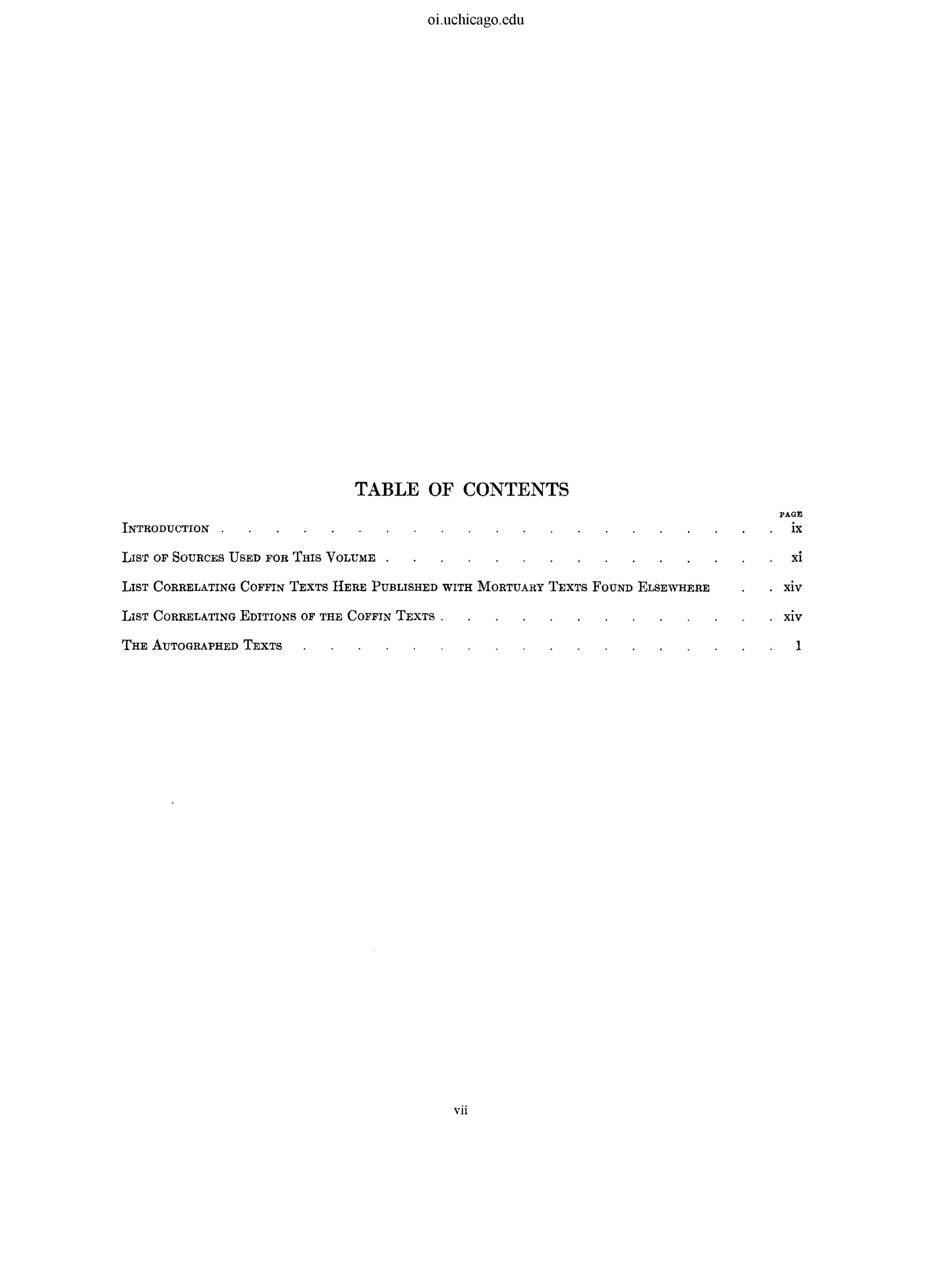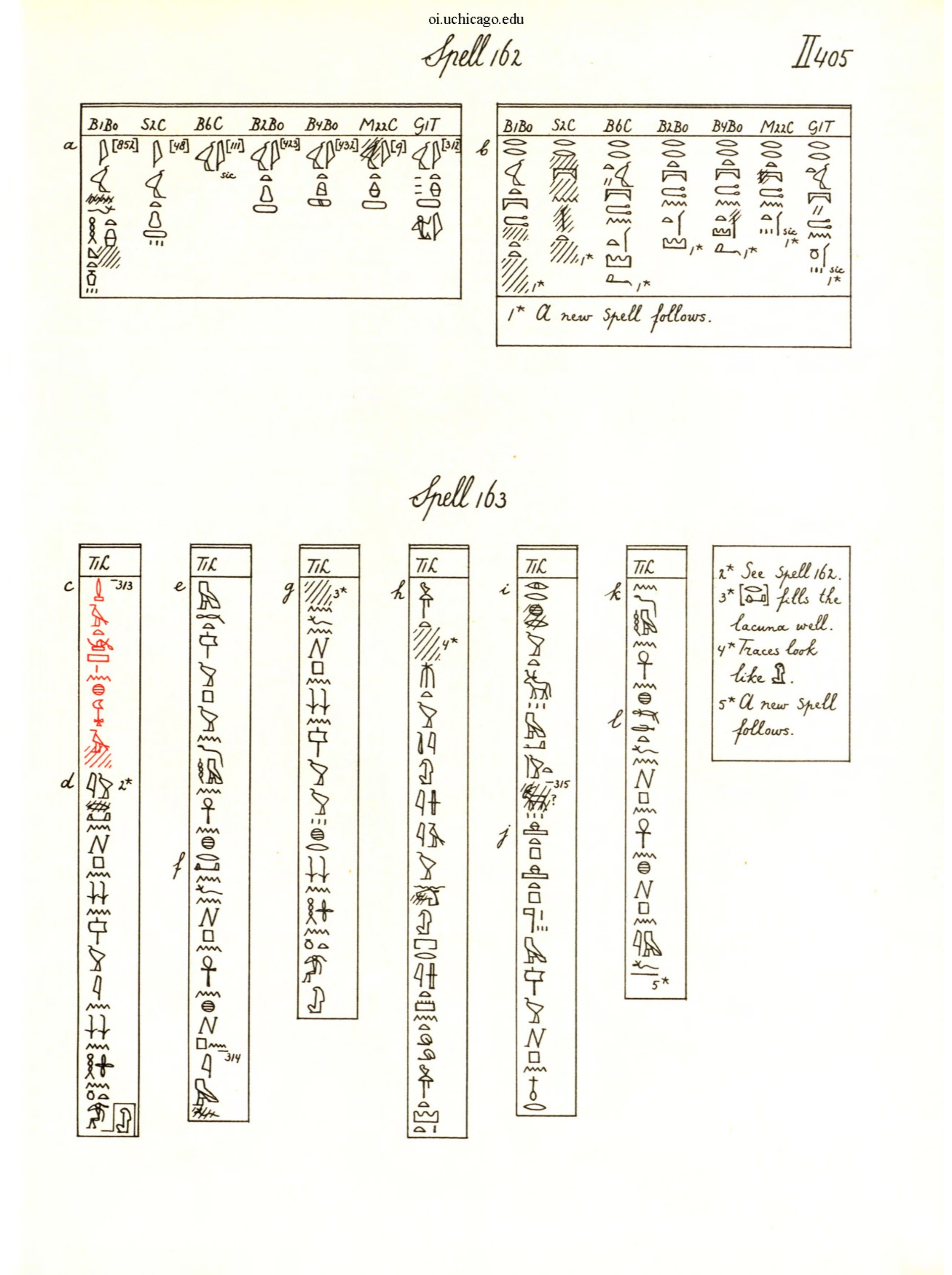About
OIP publication no. 49 includes spells 76-163 of the Egyptian Coffin Texts.
Source: OMNIKA
The Coffin Texts form the missing link between the Pyramid Texts and the Book of the Dead. These texts are an expression of the Egyptian desire for immortality and the deep influence of the mortuary religion of the pharaohs. This volume presents careful copies and comparison of all available duplicate texts of Spells 76-163.
Source: Author or Publisher
expand_more Read more Read less
Access
Read for free
External sources
Primary
Myth
Before the world began, eight deities called the Ogdoad (sometimes the 'Ennead') were separated into four men and four women. They lived in primedal water and rose out of the water to create what we know as land, the sun, and everything else we inhabit on Earth.
Belief system
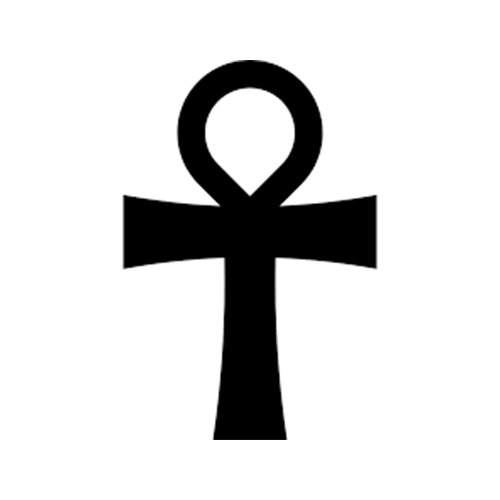
The religion of ancient Egypt represents a cultural identity that lasted from ca. 3500 BCE to 300 CE, and included hundreds of myths, deities, and customs.
Deity
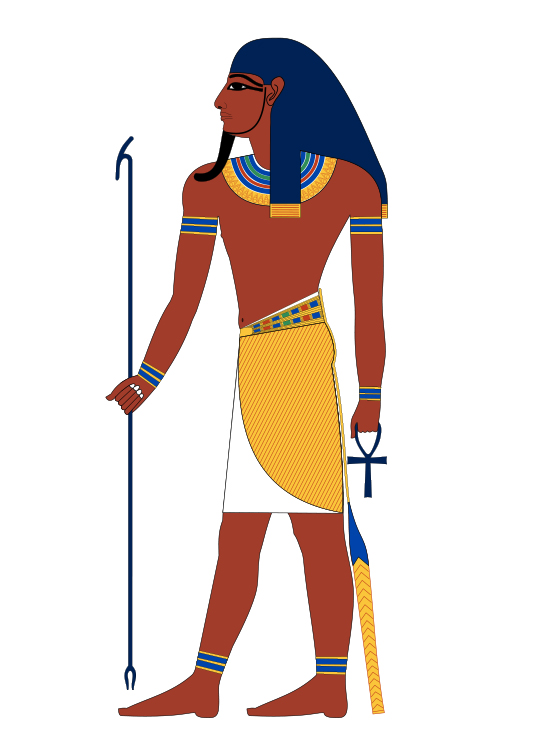
Atum is one of the oldest Egyptian deities in the world and was worshiped heavily in Heliopolis. He gave birth to the other primary Egyptian deities (the Ennead).
Translation
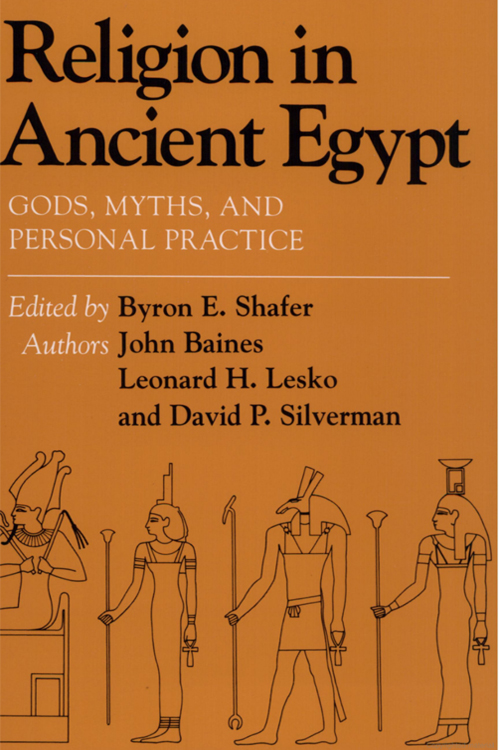
"Coffin Text Spell No. 76 / Utterance 301" is an English Translation of the Hermopolis creation myth by Leonard H. Lesko. It was published in 1991 and based on Coffin Text Spell no. 76 and Utterance 301 of the Pyramid Texts. It outlines how the eight core Egyptian deities (the "Ogdoad") were created; and, the role that Atum played.
Myths cited
It looks like only the main myth was referenced in this work.
Belief systems cited
It looks like only the main belief system was referenced in this work.
Artifacts cited
Contributor
Cite this work
Chicagode Buck, Adriaan, and Alan H. Gardiner. The Egyptian Coffin Texts, Vol. 2 / OIP 49: Texts of Spells 76-163. Oriental Institute Publications, no. 49. Chicago, IL: Chicago University Press, 1938.


